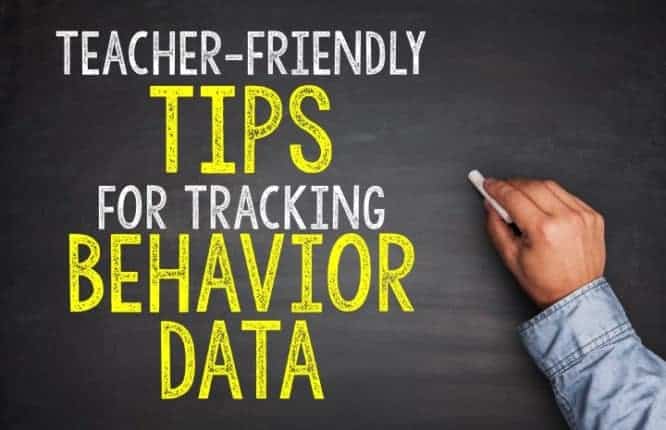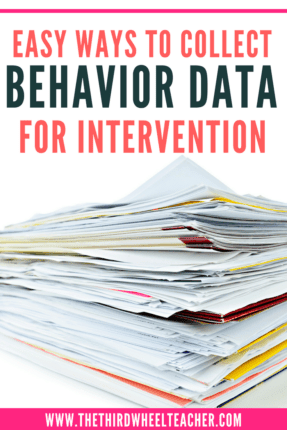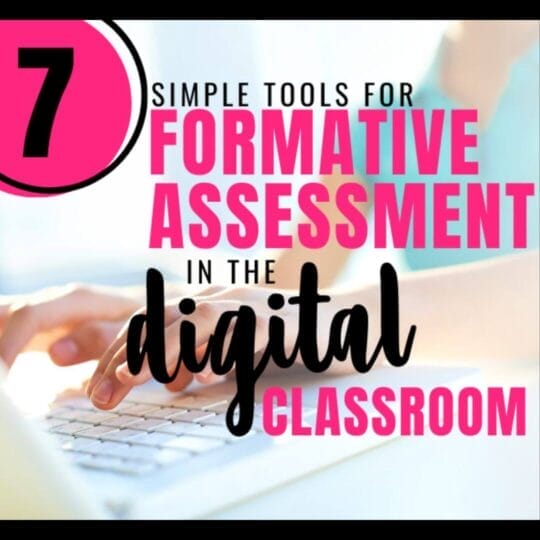How to Collect Behavior Data: Tips for Managing Tier 1 & Tier 2 MTSS Behavior Plans
If your campus is anything like mine, then every meeting you walk into is about data, and if you have concerns about a student, then you better be tracking behavior data to back it up. With academic concerns, it is relatively easy. Bring in the benchmark assessment scores, and you’ve got your data. However, you might be wondering how to track behavior data.

Let’s be honest, tracking behavior is a beast all on its own because it requires additional work to collect students’ comportment data…and the biggest complaint is it takes time away from instruction. It is an in-the-moment thing, unlike the permanent products of assessment. It requires observation and documentation. However, it is also a must-do for those kiddos who are struggling and disrupting the learning environment. Therefore, it’s important to find ways to collect the data necessary for decision-making without adding a ton of extra work to our plates. In this blog post, I share three tips to help you track it and make it manageable because I know how cumbersome classroom management can be!
3 Teacher-friendly Tips to Tracking Behavior Data for MTSS
The idea of data tracking and keeping a daily behavior report card can be overwhelming. Even before you take a student before your campus MTSS committee, you’re likely to need to gather multiple weeks of behavior data supporting your concerns. This adds just one more thing to do when you’re already overwhelmed.
If you’re wondering how to collect behavior data without adding a ton of extra work to your plate, you’ve come to the right place. Here are three simple tips to help you get started:
1. Keep Your Tracking Behavior System Simple
My favorite easy way of tracking behavior data is paper clips because it is an in the moment data collection opportunity that you can track and record later.
Here’s how it works:
If a student consistently does that behavior that makes teaching impossible, put a handful of paper clips in your left pocket.
Every time s/he does the behavior, switch one paperclip to the right pocket. Count them at lunch and record. Repeat in the afternoon.
Easy, right? Plus, you don’t have to stop what you are doing to fill out any data tracker.
2. Be Honest If Tracking Behavior Is Overwhelming You

When I worked as an educational consultant, I cannot tell you how often people would agree to a plan we had developed with a team but did not follow through.
Having built a good rapport with many of them, I always asked why they didn’t follow through.
Nine times out of ten, it was because it seemed like so much work, but they were afraid to say something during the initial planning with the support team.
They would much rather hear that you aren’t sure you can keep up with the tracking and need help (or to revise the plan…maybe using the easy idea above) than to come back three weeks later and discover you haven’t collected a bit of data.
Plus, it makes you look better and more willing to adjust! That, in turn, will make them more eager to help you out…you get more flies with sugar, right?
3. Commit to tracking diligently for a specific amount of time.
I know it sucks to have to spend the extra time and energy tracking behavior data for that one kid, but if he (or she) is really THAT severe, then you need to do it because that is the only way they (and you) are going to get the support needed.
Yes, it is a bummer to spend class time recording how long she throws herself on the floor and cries when you really want to check in with small groups.
Just remember to think about how this will help you, and if you put the time into data tracking now, you will have more support and be able to help ALL your students sooner rather than later!

Related Post:
How to Take Control & Get More Done in Your Next RTI Meeting
Why Building Relationships Is the Key to Classroom Management
How to Create a More Effective Classroom this Year
Have another easy way to track behavioral data? Leave a comment so we can all make this step less cumbersome.







